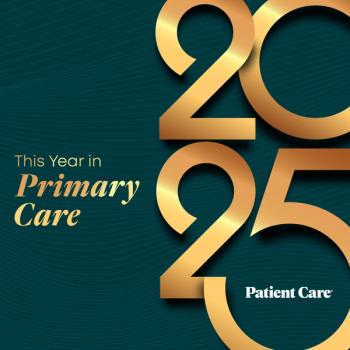
US Binge Drinking: By the Numbers
Do you know what percentage of US adults report binge drinking? Or how much alcohol sold is consumed while binge drinking? Take our 12-question quiz to find out.
Binge drinking cuts a wide swath across US culture without regard for race, socioeconomic status, education level, age, or gender. Binge drinking is known to lead to many negative health and social consequences including acute impairment, unintentional injuries, interpersonal violence, suicide, alcohol poisoning, high blood pressure, and liver disease to name a few. A new study published in the American Journal of Preventive Medicine set out to assess disparities in binge drinking, information that could help plan effective prevention strategies at the state and national levels.The results include hundreds of very interesting numbers. See if you can choose the right ones in this 12-question quiz.
Newsletter
Enhance your clinical practice with the Patient Care newsletter, offering the latest evidence-based guidelines, diagnostic insights, and treatment strategies for primary care physicians.



